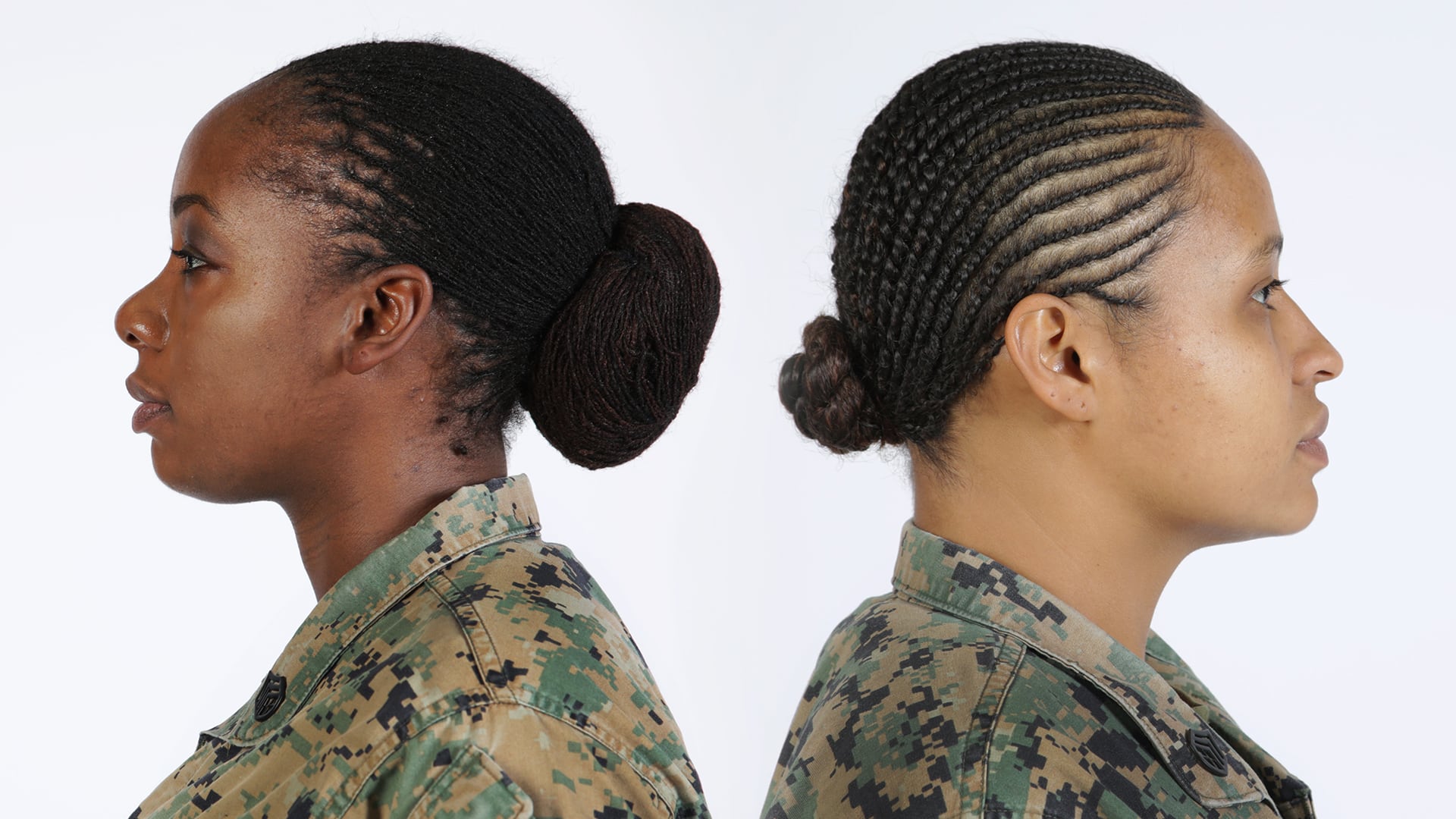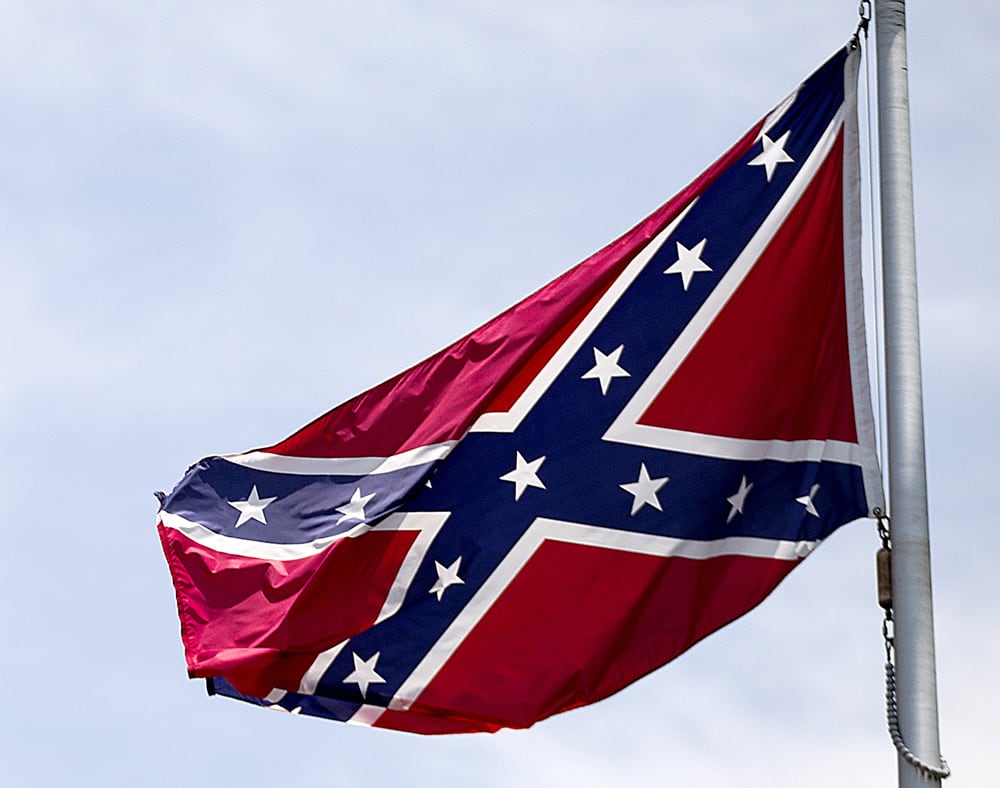The conversation around what the Confederate flag represents and whether it’s appropriate to fly has been put to bed in the military, at least when it comes to displays on Defense Department installations.
Defense Secretary Mark Esper issued new guidance Friday for allowable flags, not explicitly banning the Confederate one, but laying out a set of criteria for allowable flags that does not include it.
“Flags are powerful symbols, particularly in the military community for whom flags embody common mission, common histories, and the special, timeless bond of warriors,” he wrote in a memo, adding, “The flags we fly must accord with the military imperatives of good order and discipline, treating all our people with dignity and respect, and rejecting divisive symbols.”
The display of Confederate flags in general has come under much discussion in recent years, reaching a fever pitch this summer, as protests against racism and police brutality ― particularly against Black men and women ― have surged.
For the military services, which have expressed a belief in inclusivity, the display of Confederate flags ― whether in offices or group housing ― became a target of new policies. The Marine Corps led the way in June, banning the flag service-wide.
Rather than specifically target the Confederate flag, Esper’s guidance narrows down the types of flags that can be displayed, effectively banning any that reflects pride or affinity for a movement, political cause or fandom, including Black Lives Matter, LGBTQ rights and any number of professional or college sports teams.
Per the memo, allowable flags now include:
- U.S. states, territories and the District of Columbia.
- Flags of the military services, as well as those of generals or admirals and civilian political appointees.
- Flags representing the positions of Senior Executive Service employees.
- The Prisoner of War/Missing in Action flag.
- Flags of countries who are allies or partners of the United States, but only when displayed for official purposes, such as a delegation’s visit or joint training.
- Flags of organizations the U.S. belongs to, including NATO, the United Nations, etc.
- Ceremonial flags representing units or branches.
Any other flags are banned from display in offices, on ships or aircraft, inside government vehicles, and within any facilities or common areas on installations, including open-bay barracks and shared areas of housing.
Flags are not banned from display on or inside personal vehicles or single housing rooms, however.
Further, the memo adds, “the public display or depiction of unauthorized flags in museum exhibits, state-issued license plates, grave sites, memorial markers, monuments, educational displays, historical displays, or works of art, where the nature of the display or depiction cannot reasonably be viewed as endorsement of the flag by the Department of Defense, is not prohibited.”
RELATED

The guidance comes as Esper moves out on the first round of recommendations from a team he stood up a month ago, to look at places where the department can improve its purported commitment to inclusivity and justice.
So far that has meant removing photos from promotion packets, looking into whether grooming regulations are biased against certain ethnic or religious groups, and updating the Equal Opportunity program to make it more effective.
Also part of this discussion is the renaming of 10 Army posts honoring Confederate generals. Though President Donald Trump has threatened to veto any legislative effort to change them, the military’s top officer has said publicly he is open to studying whether and how to change them.
“The American Civil War was fought — and it was an act of rebellion, it was an act of treason at the time — against the union, against the stars and stripes, against the U.S. Constitution,” Army Gen. Mark Milley, chairman of the Joint Chiefs, said July 9 in testimony on Capitol Hill said. “And those officers turned their back on their oath.”
Meghann Myers is the Pentagon bureau chief at Military Times. She covers operations, policy, personnel, leadership and other issues affecting service members.




